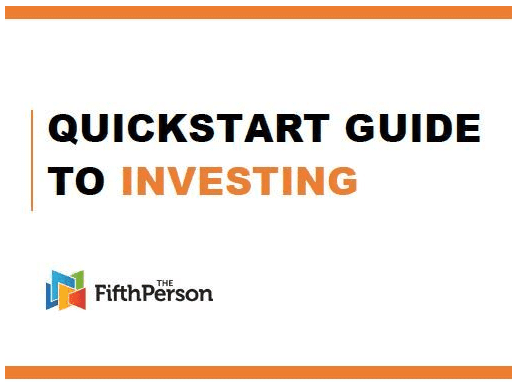The Pros & Cons of Investing in Stocks

Photo credit: Ramy Majouji
In this series, we’ll look at each of the five asset classes you can include in your investment portfolio — and the advantages and disadvantages of investing in each one.
Investing in different asset classes offers you different growth opportunities and also helps to diversify your risk. For example, a housing crash might financially devastate you if you put ALL your money in real estate. But if you invested in stocks and bonds as well, you wouldn’t be as severely hit.
By definition there are three main asset classes – equities (stocks), fixed-income (bonds), and cash equivalents (money market instruments) – but many investment professionals would also include real estate and commodities into the mix.
Even though some assets might generate higher returns than others, no one asset class is “better” — each has its own set of advantages and disadvantages and serves a different purpose for an investor depending on individual goals and needs.
To kick things off this week, let’s look at the pros & cons of investing in stocks:
Equities

Photo: Mashable
Equities (or stocks) are shares of ownership in a company, usually publicly traded. As a shareholder of a company, you get to enjoy a share of profits and see the value of your shares increase if the company is successful.
Many famous companies (like Apple, Disney, and Coca-Cola) are publicly traded, giving individual investors the opportunity to own a piece of these large and successful businesses. Besides large-cap stocks, investors can also invest in smaller companies with the potential to grow bigger in the future.
The Pros
- Highest returns. Stocks have given the one of the highest historical returns among the various asset classes over the long term. If you’re looking for growth in your portfolio, investing in equity is usually the way to go.
- Income from dividends. Many companies usually distribute a portion of its earnings to its shareholders. If you’re an investor looking for passive income, a dividend-growth strategy can pay off very handsomely.
- Stocks are easily diversified. You can invest in a number of stocks in different countries, sectors, and industries which gives you various growth opportunities and diversifies your risk.
- Stocks are highly liquid. Most stocks trading on a major exchange can be easily bought and sold. This liquidity gives investors the flexibility to convert their stocks into cash quickly if needed.
The Cons
- Volatile in the short term. Stock prices can rise or fall sharply because of an overreaction to good or bad news. This volatility makes stocks more risky than something like bonds.
- If you pick the wrong stock, you risk losing the value of your investment. Similarly, a poor performing company can see its dividends fall or stagnate.
- It takes knowledge and time to analyze a stock. Not to say that having to analyze a stock is a bad thing (this is what separates successful investors from the rest anyway), but it simply requires more time and effort to pick the right stock as compared to picking the right savings plan for your money.
Read the Full Series:
The Pros & Cons of Investing in Stocks
The Pros & Cons of Investing in Bonds
The Pros & Cons of Investing in the Money Market
The Pros & Cons of Investing in Real Estate
The Pros & Cons of Investing in Commodities




